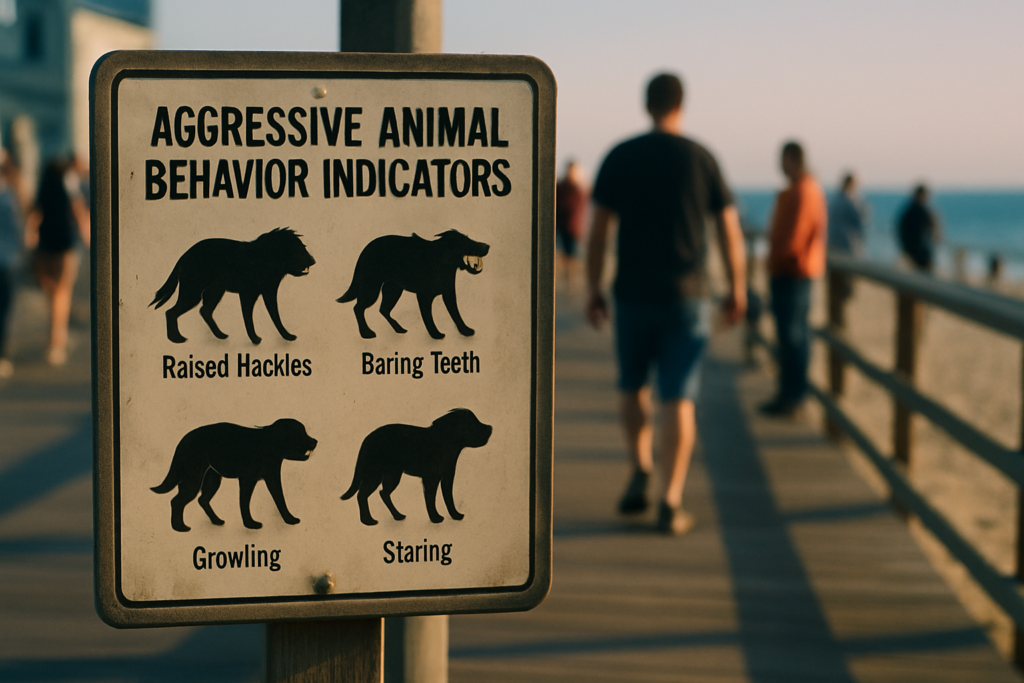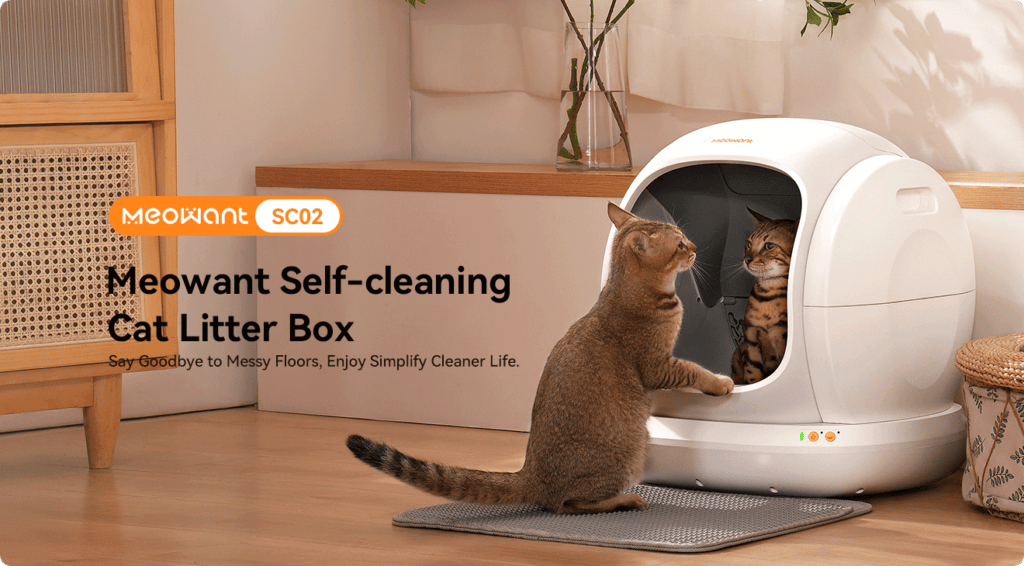Reading the Signals
Animals don’t speak our language but they’re always saying something. The trick is knowing how to listen. A stiff tail, lowered head, or shift in posture can speak volumes about what your pet is feeling, long before they growl, hiss, or hide.
Learning to read these subtle cues matters. It’s not just about bonding it’s about prevention. Catching early signs of stress or discomfort can head off aggression, illness, or bigger behavioral issues down the road. And often, it’s the non verbal things body language, energy shifts, simple routines that reveal the most.
In a world where pets rely on us to bridge the communication gap, paying attention isn’t optional. It’s how you keep them healthy, grounded, and understood.
Dogs: What Their Actions Really Mean
When a dog wags its tail, it’s easy to assume they’re happy. But that’s only part of the picture. A fast, stiff wag can be a sign of tension. A low, slow wag often signals caution. Context tells the real story look at their body, ears, and eyes too.
Stress and anxiety show up in small, repeat behaviors: pacing, yawning when not tired, licking lips when there’s no food, or turning their head away from you. These are subtle but important signals that your dog isn’t relaxed.
Not all alert behavior points to aggression. A dog stiffening up, locking eyes, and raising hackles is more concerning than one sniffing or tilting their head. Curious dogs move toward things with an open body posture. Aggressive ones guard space or resources and give clear warning signs.
If a once calm dog suddenly becomes withdrawn, reactive, or clingy, it’s not just a phase. Sudden shifts can reflect deeper issues pain, fear, or medical problems. Pay attention. Your dog is speaking, even if they don’t say a word.
Cats: The Art of Subtle Communication

Cats don’t shout. They whisper in posture, tail flicks, and how long they hold your gaze. They’re quiet communicators, but they’re always saying something if you know how to read them.
That twitching tail? It might signal focus, excitement, or creeping irritation. Don’t assume it’s all play context is everything. Wide eyes can be a sign of surprise or tension. If the ears are back or flat, it’s probably the latter.
But when your cat starts kneading on a blanket (or your lap) or gives you a deliberate, slow blink, that’s trust. That’s comfort. It’s their way of saying you’re safe.
Learn to watch more than you listen. For a deeper guide on decoding your cat’s silent signals, check out our full guide to cat body language.
Eating, Sleeping & Grooming Habits Matter
Your pet’s daily patterns are more telling than most people think. A shift in appetite eating less or suddenly eating more can be an early sign of stress, illness, or even depression. Same goes for changes in sleep. Too much lounging? Restlessness at night? Don’t brush it off.
Grooming is another key signal. Cats especially are meticulous cleaners, so if they stop grooming, it’s often a red flag. On the flip side, obsessive grooming especially in dogs can point to anxiety or skin issues. These routines are your baseline. When something’s off, it usually means your pet is trying to tell you something.
Paying attention to these subtle changes gives you a head start. It’s not about panicking it’s about noticing patterns before they turn into problems.
When to Consult a Vet or Behaviorist
Some behaviors aren’t just your pet being “weird.” Sudden aggression, withdrawal, nonstop meowing or barking, even clinginess they’re all signals something could be off. It’s easy to shrug them off as quirks, but they often point to deeper issues.
Maybe it’s pain. Maybe it’s stress. Could be something in their environment you’ve overlooked. This is where bringing in a vet or certified behaviorist pays off. They can connect the dots between behavior and underlying health, or flag a change in routine that’s messing with your pet’s head.
Most problems don’t pop up overnight they build. Catching early shifts in behavior, even subtle ones, can save you time, stress, and money down the road. More importantly, it helps your pet stay healthy, both mentally and physically. Don’t wait until it’s obvious. If something feels off, trust your gut and get a pro involved.
Final Thought
Tuning into your pet’s behavior isn’t about mastering every quirk or decoding their every move. It’s about learning their language whatever that looks like and building real trust from it. When you know what’s normal for your animal, small changes don’t go unnoticed. That means you can catch stress or illness early, instead of reacting after things get worse.
Perfection isn’t the target. Connection is. The more time you spend paying quiet attention, the louder their body language gets. Whether it’s a stiff tail, a change in sleep patterns, or a look that just says something’s off you’ll catch it.
If cats are your companion of choice, dive deeper into their subtle signals with this in depth guide to cat body language.


